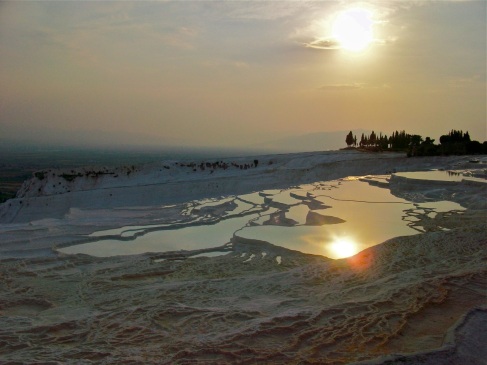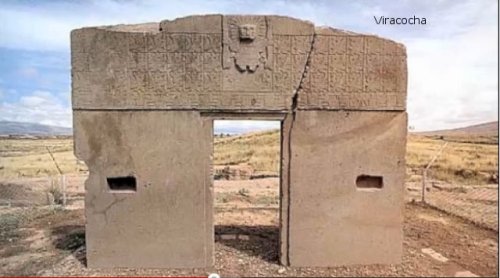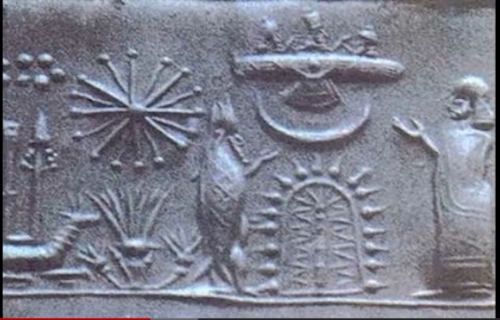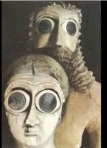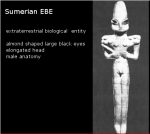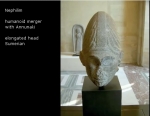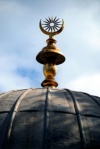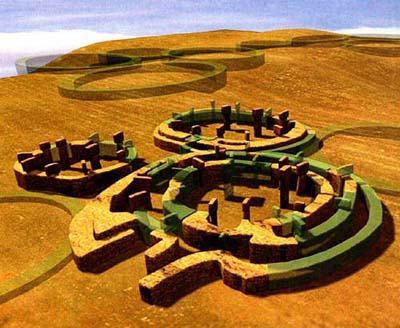___________________________________________________________________
re-posted from Dr. Taylor Marshall’s Canterbury Tales
The great saints and masters of the mystical life in the Catholic tradition often speak of the three ages of the spiritual life. These stages correspond to the three areas of Solomon’s Temple:
1) Purgative (outer court)
2) Illuminative (holy place)
3) Unitive (holy of holies)
1) The purgative way is when a Christian truly examines his life and seeks to root out sin and seek personal sanctity. This entails frequenting the sacraments (especially Holy Communion and Penance), beginning a life of penance and charitable deeds, a growing hatred for venial sins, a love for Scripture (particularly the Psalms), an awareness of predominant faults, a purification of the intellect and will.
2) The illuminative way begins with a “dark night of the senses” (not the dark night of the soul), which leads to a passive purification of the senses. This journey includes a growth in the virtues, particularly the virtues of humility and charity. The soul has great confidence and hope in God. True devotion to Mary develops. Infused prayer begins.
3) The unitive way is the stage of Christian perfection and begins with the dark night of the soul. The soul now willingly suffers for God and loves God in all circumstances. The soul delights in spiritual childhood and simplicity as we see in St Therese and other great saints. These souls practice heroic virtue, which are the kind of virtues that we find in the canonized saints. Those in the unitive way accept divine abandonment and love Christ crucified. They practice reparation for the sins of others that wound Christ. They experience mystical union and other mysteries that cannot be explained.
These three ages of the mystical life are found in Solomon’s temple.
1) The stage of purification is the outer court where the altar of fire is found and also the basin for cleansing. Here, water and fire purify those who approach the temple of God’s presence.
2) The stage of illumination is the holy place within the Temple were the hallowed lamp stands giving light. Also present there is the altar of incense representing true and fruitful mental prayer and infused prayer. There is found the bread of presence which signifies a love for the Eucharist.
3) The stage of union is the holy of holies which is dark, black cubic room cut off from the eyes of most men. There is the ark of the covenant and the propitiatory. Here is the presence of God. Here is divine intimacy.
As Catholics, we should seek to be near to God. The old temple gives a simple plan. Begin with years of purification. Prayer. Penance. Daily examination of conscience.
PS: According to Saint Isidore and Reginald Garrigou-Lagrange, a priest must be in the unitive way before he should allow himself to be consecrated as a bishop. Also a man must first be in the illuminative way before being ordained a priest. You will find similar things said by the Saint Denys the Areopagite.
_______________________________________________________________________________________
I encourage anyone interested in learning more about these subjects, to check out the blog of Dr. Taylor Marshall Canterbury Tales. Theology can be exciting, eh?! lol.






